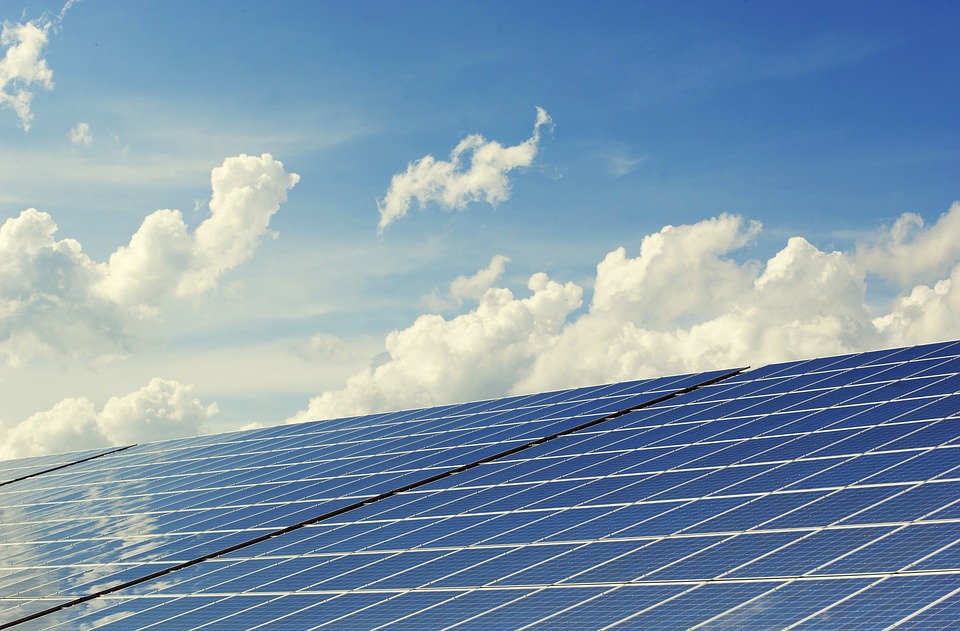Qatar Doubles Solar Power Capacity with New Ras Laffan and Mesaieed Plants
Qatar has taken a bold step toward a cleaner and more sustainable future with the official inauguration of two new solar power plants in Ras Laffan and Mesaieed. These cutting-edge facilities add a combined 875 megawatts (MW) of clean energy to the nation’s electricity grid, effectively doubling the country’s solar capacity to 1,675 MW.
This major milestone reinforces Qatar’s commitment to transitioning toward renewable energy and reducing its carbon footprint. The Ras Laffan and Mesaieed projects are now among the largest solar developments in the region and mark a significant leap in the Gulf state’s renewable energy ambitions.
National Leadership Drives Green Progress
The inauguration ceremony was held at Ras Laffan Industrial City and led by His Highness Sheikh Tamim bin Hamad Al Thani, the Amir of Qatar. The event drew high-level participation, including Saad Sherida Al-Kaabi, Minister of State for Energy Affairs and President and CEO of QatarEnergy, along with senior government officials and industry leaders.
Minister Al-Kaabi emphasized that the new solar facilities support Qatar National Vision 2030, particularly its fourth pillar: sustainable environmental management. He highlighted that this vision seeks to strike a balance between environmental protection, economic growth, and social development. These projects are more than just energy infrastructure—they are strategic investments in Qatar’s long-term resilience and sustainability.
Strategic Investment in Renewable Energy
The Ras Laffan and Mesaieed solar plants are part of QatarEnergy Renewable Solutions, a growing arm of QatarEnergy focused on delivering low-carbon solutions for the nation’s future. The development of these two solar facilities required QR 2.3 billion (approximately $630 million USD) in investment, showcasing the scale and seriousness of Qatar’s clean energy drive.
With the activation of these plants, Qatar’s solar capacity has more than doubled since the commissioning of the 800 MW Al Kharsaah Solar Power Plant in 2022. The new additions are expected to produce over 1.5 billion kilowatt-hours (kWh) of electricity annually, significantly reducing the country’s dependence on fossil fuels.
More importantly, these projects pave the way for the realization of Qatar’s target of reaching 5 GW of solar capacity by 2035.

Major Expansion Plans Ahead
In an ambitious move to further increase renewable energy production, QatarEnergy has announced plans to build a 2,000 MW solar power plant in the Dukhan area. Once completed, this project will raise Qatar’s total solar capacity to around 4,000 MW by 2030, accounting for nearly 30% of the country’s total electricity generation capacity.
This expansion is part of Qatar’s broader national climate strategy, which aims to integrate renewable energy into the power sector, diversify the energy mix, and support regional and global efforts to reduce greenhouse gas emissions.
Environmental and Climate Impact
One of the primary goals of expanding Qatar’s solar energy infrastructure is to reduce the environmental impact of energy production. The Ras Laffan and Mesaieed solar plants are expected to collectively cut carbon dioxide (CO₂) emissions by more than 4.7 million tons per year. That’s equivalent to removing over one million cars from the road annually.
The reduction in emissions contributes significantly to Qatar’s international climate commitments, including its pledge under the Paris Agreement and its national goal to cut carbon intensity by 25% by 2030.
By embracing solar power on a national scale, Qatar not only enhances its energy security but also demonstrates leadership in sustainable development—a key message in a region historically reliant on oil and gas.
Technological Innovation and Efficiency
Qatar’s renewable energy strategy also involves embracing advanced solar technologies to maximize output. The new plants utilize high-efficiency bifacial solar modules, which generate electricity from both sides of the panel by capturing reflected sunlight from the ground. These modules are mounted on single-axis tracking systems, allowing them to follow the sun throughout the day and significantly boost power generation.
Such innovations were first seen in Qatar at the Al Kharsaah Solar Power Plant, which continues to operate as a model for high-performance, utility-scale solar energy production.
With each new development, Qatar is building an ecosystem of clean energy expertise, supply chain capability, and infrastructure that will support its energy transition in the decades ahead.
Social and Economic Benefits
In addition to environmental gains, the solar expansion brings economic and social advantages. It supports job creation, infrastructure development, and skills training in the renewable energy sector. Local companies have been involved in the design, engineering, and construction of the solar plants, helping to build national capabilities in clean energy technologies.
Furthermore, by generating more electricity from the sun, Qatar is able to free up more natural gas for export, improving the country’s economic flexibility while still meeting domestic energy needs.
Qatar’s Renewable Journey: Just the Beginning
While the doubling of Qatar’s solar capacity is a historic achievement, officials and analysts alike note that this is just the beginning. With strong government support, international partnerships, and strategic investments, Qatar is positioned to become a regional leader in renewable energy.
The country’s commitment to environmental responsibility is reflected in the scale, speed, and scope of its solar development efforts. These projects not only support domestic goals but also enhance Qatar’s global image as a forward-thinking energy producer.
As the world increasingly looks to solar, wind, and other renewables to tackle climate change, Qatar is ensuring it remains at the forefront of the energy transition—balancing tradition with transformation, and hydrocarbons with hydrogen and sunlight.
For more information click here
Qatar’s Ashghal Set to Award Major Healthcare Design Contract Soon



